13 Underrated Antiques That Are Still Within Reach for Collectors
Classic antiques can bring a sense of history and elegance to any collection, but some are still underappreciated. These items are often priced lower than their true value, making them a great option for collectors who want quality without spending too much. If you have a passion for antiques, there are plenty of hidden treasures to find. The charm of these pieces lies in their timeless appeal and their affordability. Let’s take a closer look at some of the classic antiques that are still within reach.
This post may contain affiliate links, which helps keep this content free. Please read our disclosure for more info.
Victorian Lanterns
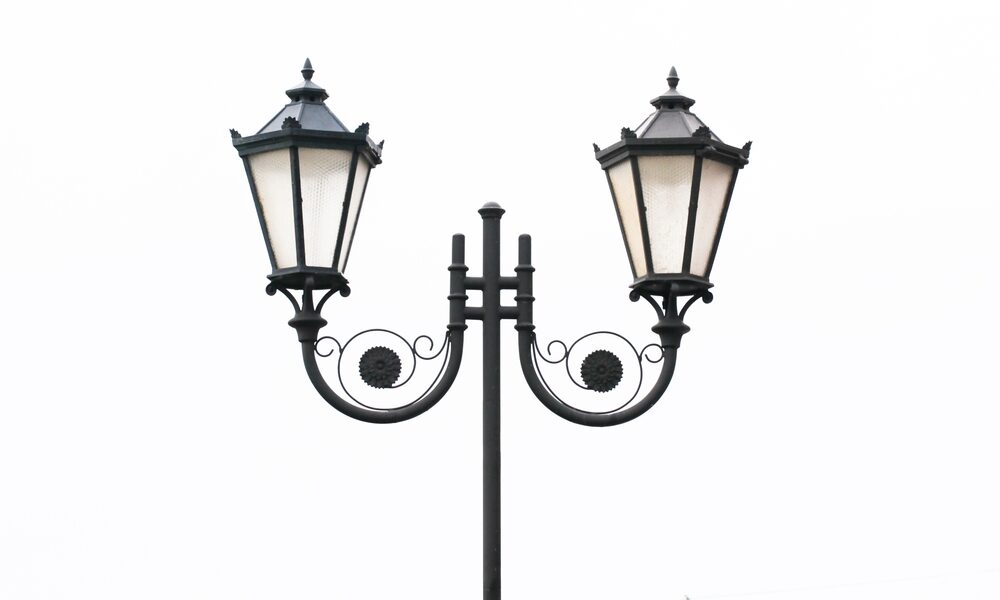
Victorian lanterns, created during the 19th century, were once a common part of homes and streets. These lanterns were often made of brass or iron and featured ornate, intricate designs. Despite their historical value, many people overlook them today in favor of more modern lighting fixtures. Their value typically ranges from $100 to $500 depending on their condition and rarity, making them an affordable addition to an antique collection.
The reason these lanterns remain underappreciated is that they were once mass-produced for everyday use and are no longer seen as luxurious items. Over time, they have been replaced by electric lighting, and their historical importance has faded. However, many collectors appreciate the craftsmanship and beauty of these lanterns. They can be found in antique stores for reasonable prices, making them a hidden gem for vintage lighting enthusiasts.
Art Deco Clocks
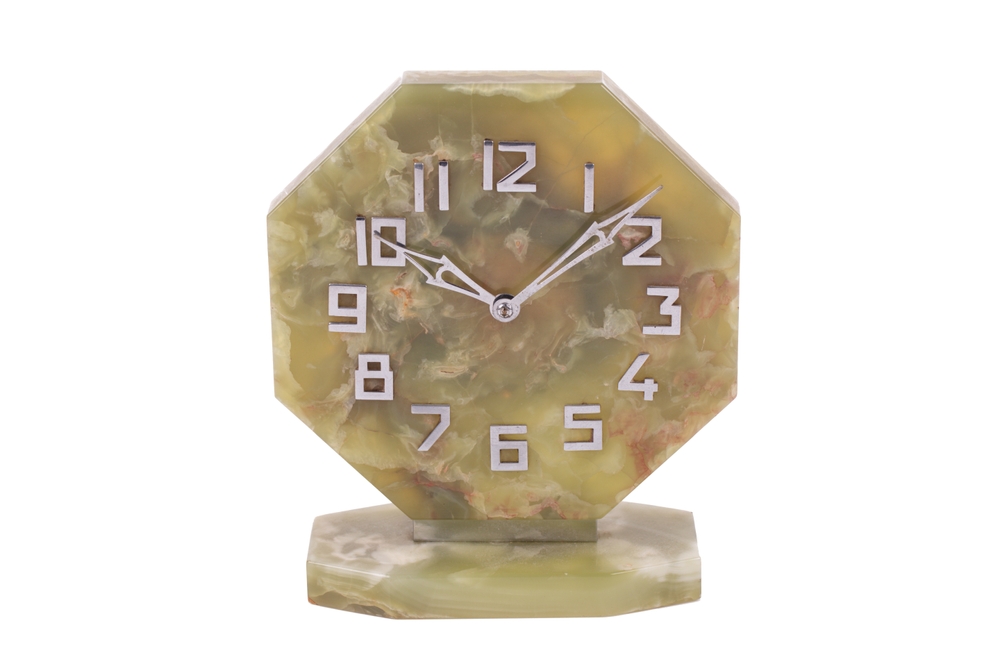
Art Deco clocks, popular during the 1920s and 1930s, are stylish timepieces characterized by geometric designs and luxurious materials. While they were highly sought after in their time, they have become undervalued in recent years. Most Art Deco clocks are priced between $50 to $300, which is still affordable compared to other vintage timepieces. Their unique design elements and historical significance make them worthwhile pieces for collectors.
These clocks are often overlooked because they are seen as outdated in comparison to modern, more efficient clocks. While collectors of vintage watches and timepieces may focus on more famous pieces, Art Deco clocks are still available for reasonable prices. The bold geometric shapes and rich materials used in their design offer great value for those interested in vintage decor. Their distinct look and historical context make them a treasure for the right collector.
Chinese Cloisonné
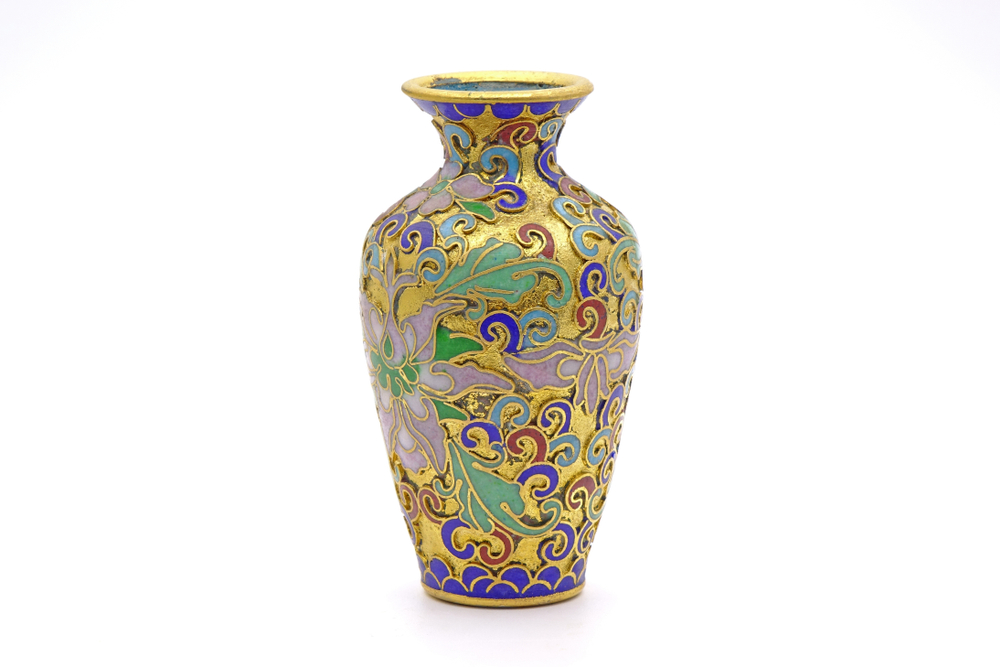
Chinese cloisonné, an ancient art form that involves creating intricate designs using enamel, dates back to the 13th century. Despite its historical significance, many cloisonné items are undervalued in today’s market. Antique cloisonné vases or bowls can often be found for as little as $100, though rare or fine examples may fetch higher prices. The skill and craftsmanship involved in their creation make them highly desirable for collectors.
Many pieces of cloisonné remain underappreciated because they were produced in large quantities during the Qing Dynasty. This mass production has led to a perception that they are not as valuable as other antique forms of Chinese art. However, the vibrant colors and detailed patterns still capture the attention of those who recognize the artistry behind them. With patience and knowledge, collectors can acquire exquisite cloisonné pieces at a fraction of the price of other antiques.
Early 20th-Century Postcards
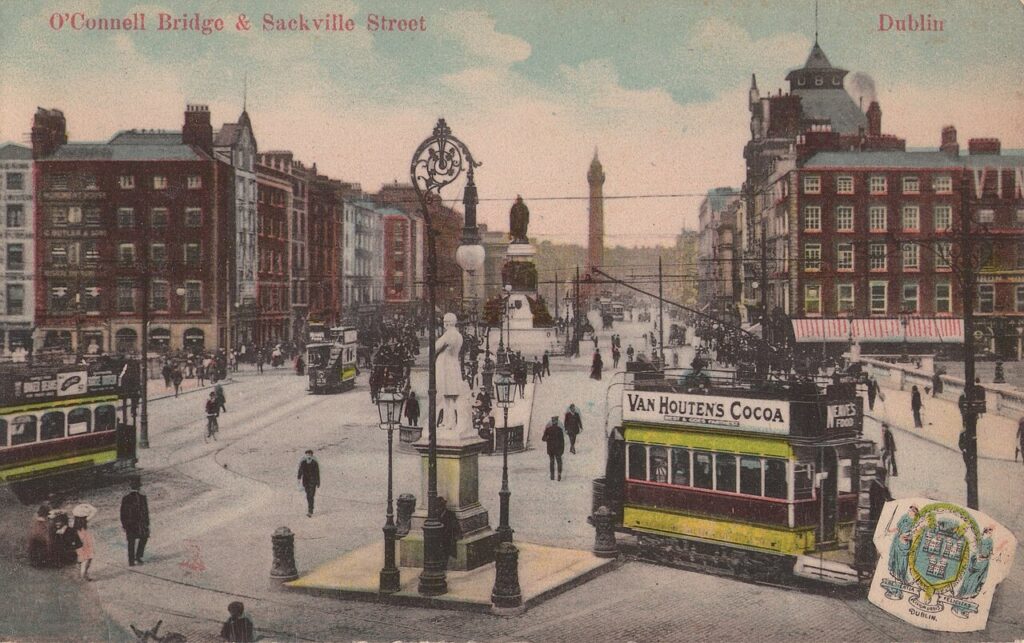
Early 20th-century postcards, particularly from the 1900s to 1930s, are often overlooked as serious collectibles. These postcards were mass-produced for tourists, and many are now considered common items. Despite this, postcards from this era can be found for $5 to $50 each, depending on their rarity and condition. They offer a unique glimpse into the past and can feature beautiful, historical images of landmarks and cities.
The reason these postcards are underappreciated is that they were not originally intended to be preserved. As a result, many have been discarded over time. However, collectors have started to recognize their value, especially those with rare imagery or printed messages. Early 20th-century postcards can be a great, affordable way to start a collection of vintage ephemera.
Bakelite Jewelry
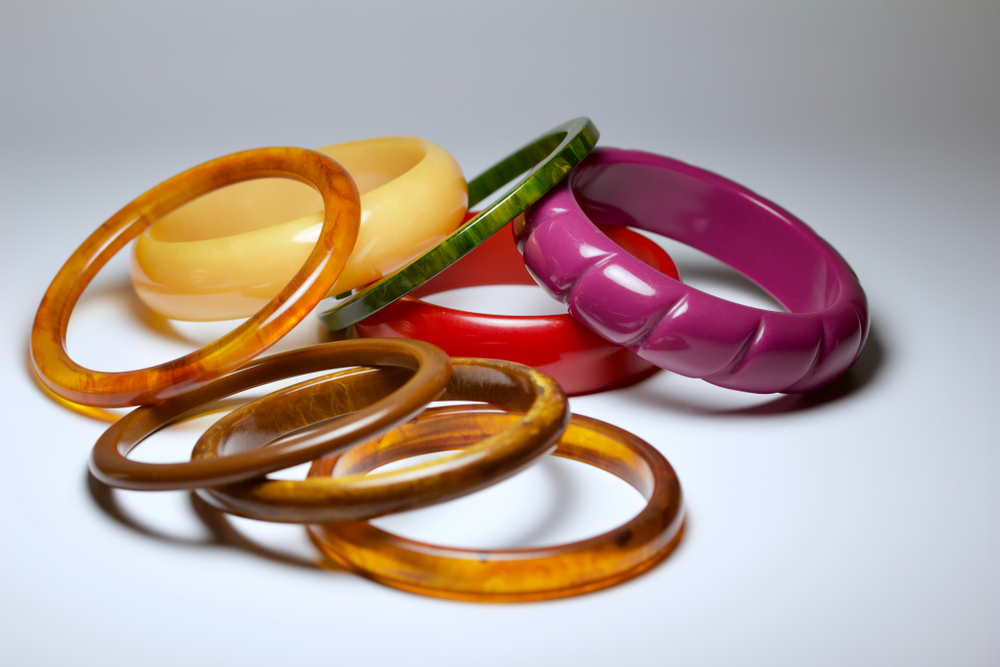
Bakelite, a type of plastic popular in the early 20th century, was widely used to create jewelry, buttons, and accessories. These pieces were mass-produced and often considered cheap or tacky, which has led to them being undervalued in today’s market. Bakelite jewelry, such as bracelets and necklaces, can often be found for under $100, making it an affordable vintage option. Its colorful designs and retro appeal make it a great addition to any antique collection.
Bakelite jewelry became underappreciated because it was originally produced as an affordable alternative to more expensive materials. Today, many people overlook it because of its plastic nature. However, Bakelite’s rich history and its iconic place in vintage fashion have made it a collectible for those in the know. With its distinct, bold designs, Bakelite jewelry can be a fun and affordable way to add to a collection.
Depression Glass
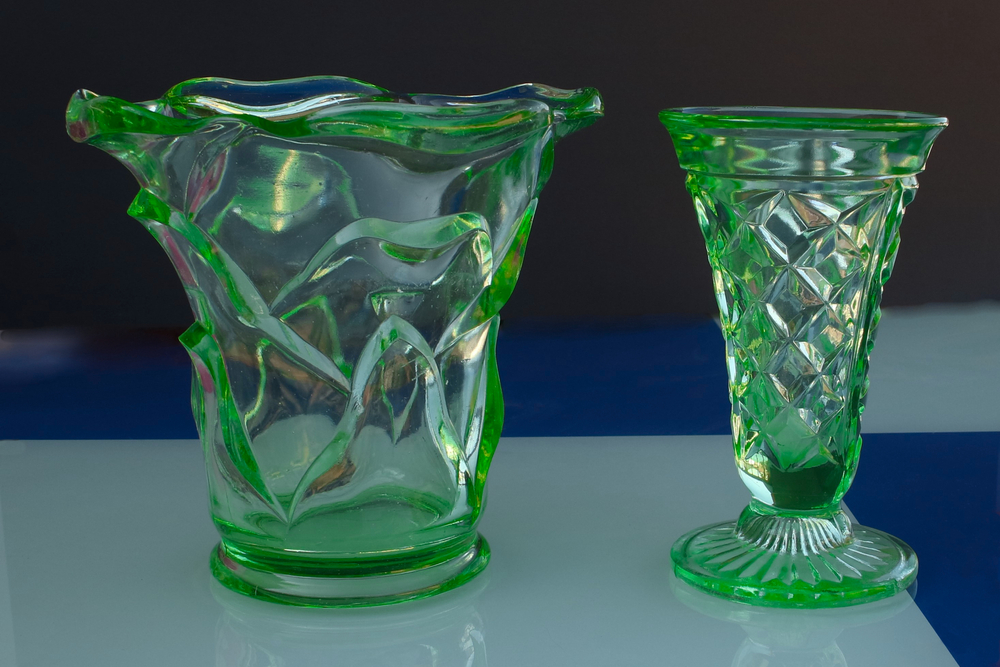
Depression glass, made during the Great Depression era in the 1930s, is often overlooked as a collectible item. These brightly colored glass pieces, including bowls, plates, and cups, were produced cheaply to meet the demand of everyday households. Depression glass can be found for as little as $20 to $100, depending on the pattern and rarity. The vibrancy and unique designs of these pieces make them a charming addition to any vintage collection.
Many people dismiss Depression glass due to its association with mass production and the challenging economic times it was created in. As a result, its value has remained relatively low, despite its historical significance. The colorful patterns and affordability of these pieces make them an accessible entry point for collectors. Depression glass offers great value for those interested in vintage tableware and glassware.
Cast Iron Doorstops
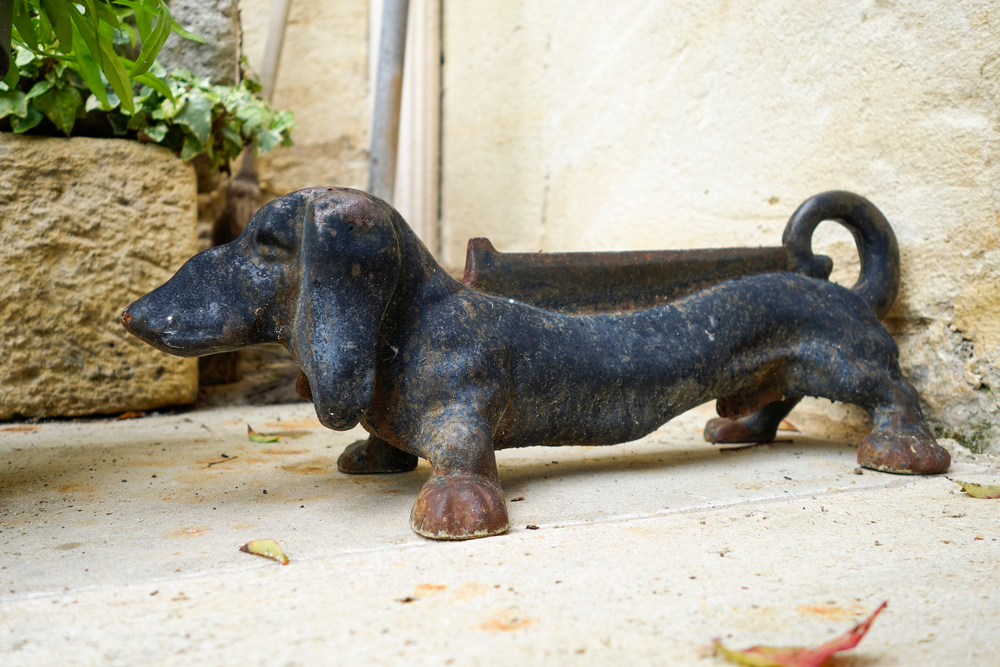
Cast iron doorstops, which became popular in the late 19th and early 20th centuries, were often used to prop open doors in homes. These doorstops were typically designed with animal or figurative shapes and were mass-produced, leading to their current underappreciation. Cast iron doorstops can range from $50 to $200, with rare examples fetching higher prices. Their charming designs and practical function make them a beloved piece for vintage collectors.
Doorstops are often undervalued because they were once considered simple household items with little aesthetic value. However, their unique designs, especially those made by famous foundries, have made them valuable to collectors today. Cast iron doorstops are great for those looking to add a piece of Americana to their collection. The sturdy material and fun, whimsical shapes continue to captivate vintage enthusiasts.
Victorian Staffordshire Figures
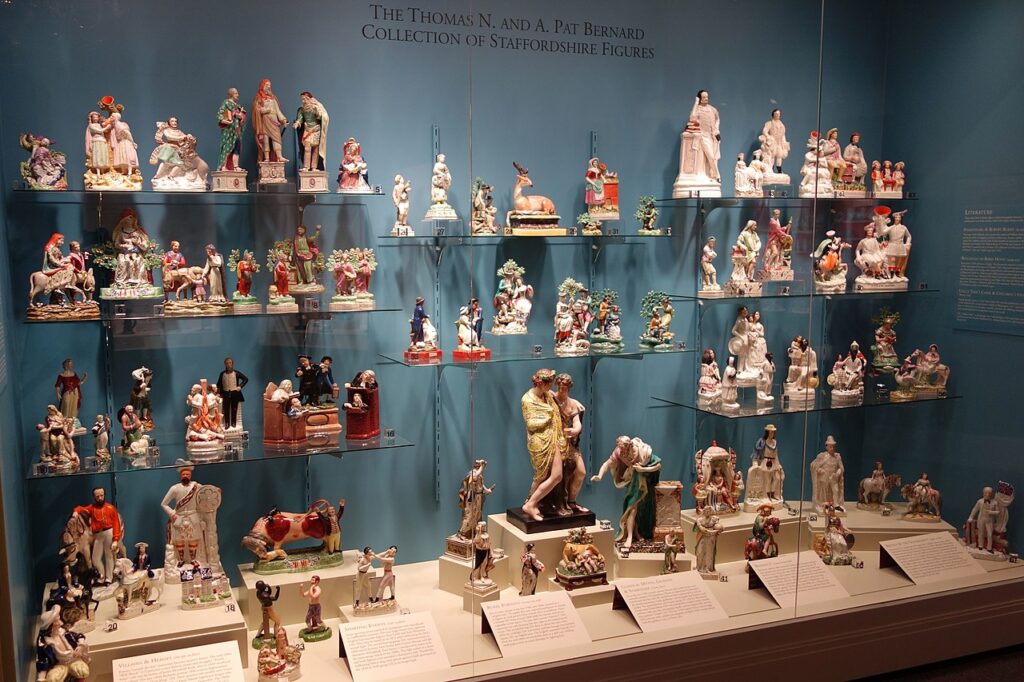
Staffordshire figures, often depicting animals or children, were produced in England during the Victorian era. These colorful ceramic figurines were created by many different factories, and while they were once common, they are now underappreciated by modern collectors. Prices for these figures can range from $50 to $300, depending on the rarity and condition. These charming figures make a delightful addition to any antique collection due to their whimsical appeal.
Victorian Staffordshire figures were mass-produced for the middle class, leading to their lack of high-end status among collectors. As a result, many are still affordable, especially compared to other antique ceramics. However, their intricate designs and historical value have made them more desirable in recent years. Staffordshire figures remain an accessible yet valuable option for antique collectors.
Toleware Trays
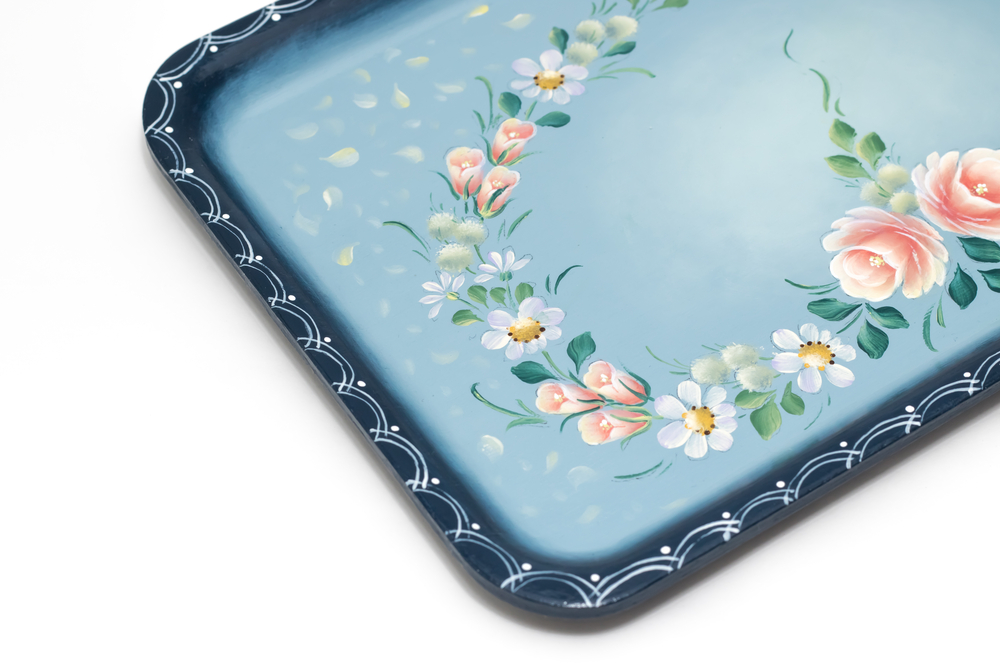
Toleware trays, hand-painted metal trays popular in the 18th and 19th centuries, are often overlooked due to their common use as everyday household items. These decorative trays were produced in large quantities, which has caused their value to remain relatively low. However, they can still be found for as little as $30 to $150, depending on their condition and design. The vibrant floral and scenic paintings on these trays make them a beautiful addition to any vintage collection.
Toleware trays are often dismissed as simple functional items, but their beautiful hand-painted designs are what make them unique. These trays were used for a variety of purposes, including serving food and drinks. Today, collectors appreciate them for their folk art appeal and historical significance. Despite their affordability, toleware trays can make an eye-catching addition to a home filled with antiques.
Mauchline Ware
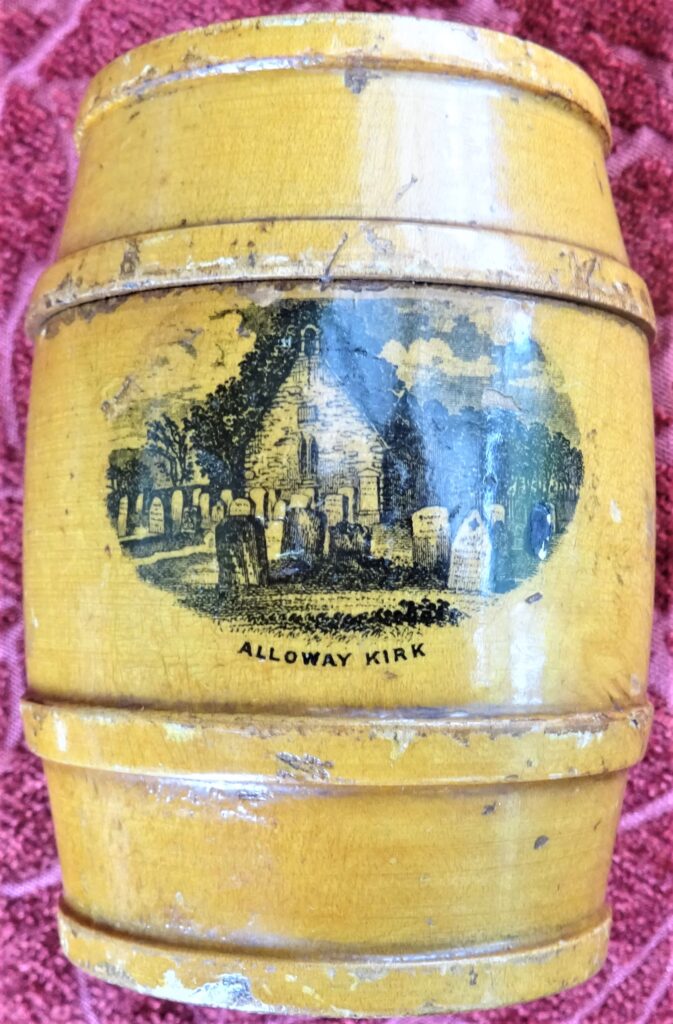
Mauchline ware, produced in Scotland during the 19th century, consists of wood items such as boxes, mugs, and picture frames. These items were intricately decorated with transfers of scenic views or historical landmarks. Although Mauchline ware was once mass-produced for souvenir trade, it remains underappreciated in today’s market. These items are typically valued between $30 to $200, depending on the rarity and condition.
Mauchline ware was popular in Victorian times, especially as souvenirs for tourists. However, the mass production of these pieces has caused many to overlook them as valuable collectibles. Despite this, they are still appreciated for their craftsmanship and the charming depictions of British landmarks. For collectors, Mauchline ware offers a connection to a past era of craftsmanship and historical tourism.
Victorian Calling Cards
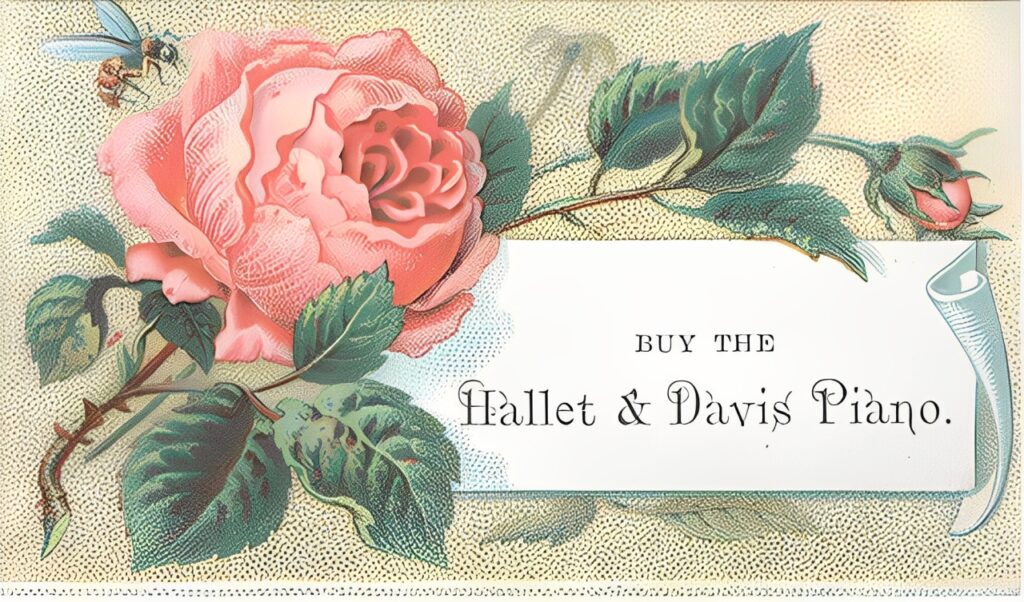
Victorian calling cards were used as a form of social etiquette in the 19th century, typically exchanged during visits to friends or acquaintances. These cards, often decorated with intricate designs or engraved with names, have become underappreciated over time. You can find original calling cards priced as low as $20 to $100, depending on the rarity of the design and the quality of the engraving. The personal touch and historical insight behind these cards make them fascinating collectibles.
The reason these calling cards remain undervalued is that they were once a common, everyday item, so their significance has been overlooked. However, their artistic designs and the insight they provide into Victorian social customs make them a unique find for collectors. As social media and technology have changed the way we communicate, these cards offer a glimpse into the past. Collectors enjoy discovering these vintage items, especially with special engravings or rare designs.
18th-Century Wooden Toys
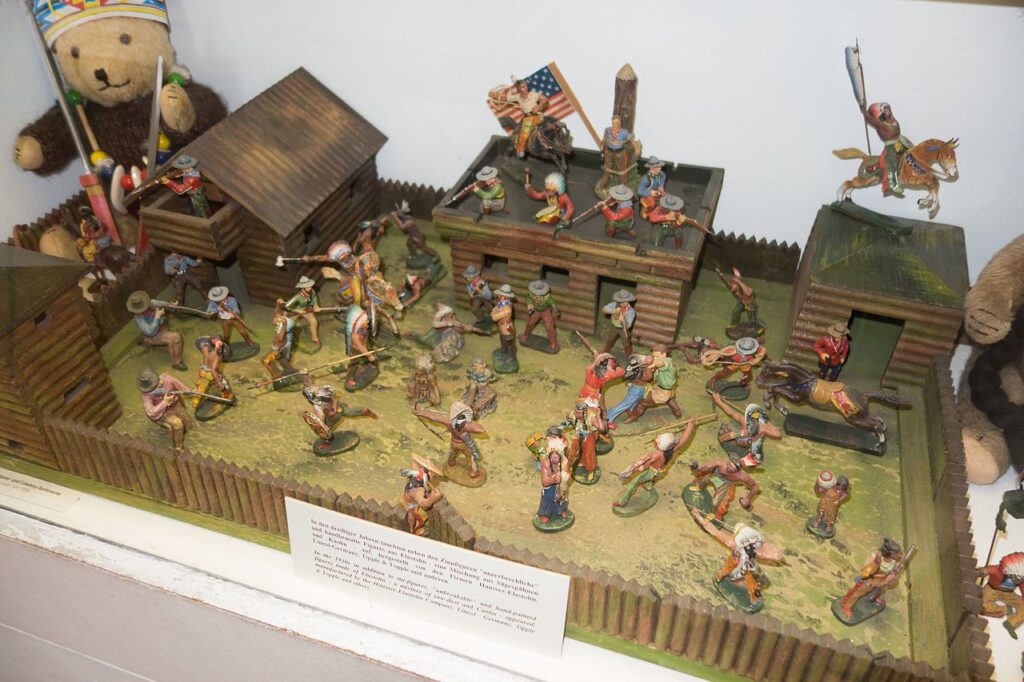
18th-century wooden toys were once a common part of childhood in the early days of industrialization. These handmade toys, crafted from wood, were often simple yet charming and featured animals, vehicles, and figures. Today, they are underappreciated due to their humble nature and the fact that they were mass-produced for children. Their value typically ranges from $50 to $250, depending on the age and craftsmanship.
While these toys were once intended for play, their simple designs and natural materials have made them valuable today for collectors. Their affordability stems from their mass production, but the craftsmanship involved in creating each piece remains remarkable. Wooden toys from the 18th century are often passed over by collectors focused on more refined antiques. However, their charm and historical significance make them an excellent option for anyone seeking vintage children’s collectibles.
Brass Bed Warmers
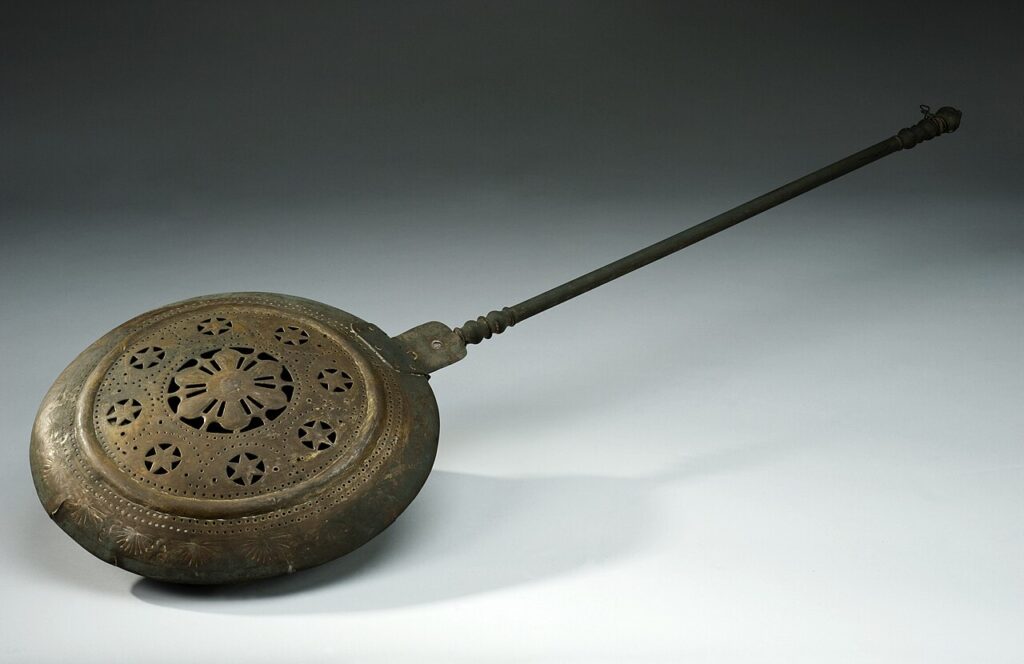
Brass bed warmers were popular in the 18th and 19th centuries, used to warm beds before the days of central heating. These items, typically long-handled with a brass or copper bowl, were filled with hot coals and placed under blankets to keep the bed warm. They are often found at prices ranging from $50 to $200, making them affordable antique pieces. Their functionality, along with their decorative and historical value, makes them an interesting addition to any collection.
Bed warmers are underappreciated because of their everyday use and the fact that they were largely replaced by modern heating systems. Despite this, they remain an essential part of antique history, showcasing the ingenuity of past generations. The brass material and handwork involved in their creation make them desirable for collectors. Today, these bed warmers can be a charming, functional piece for those interested in antique household items.
The underappreciated pieces are often the ones with the most untold stories and character. These items offer a chance to enrich your collection without breaking the bank.
This article originally appeared on Avocadu.
